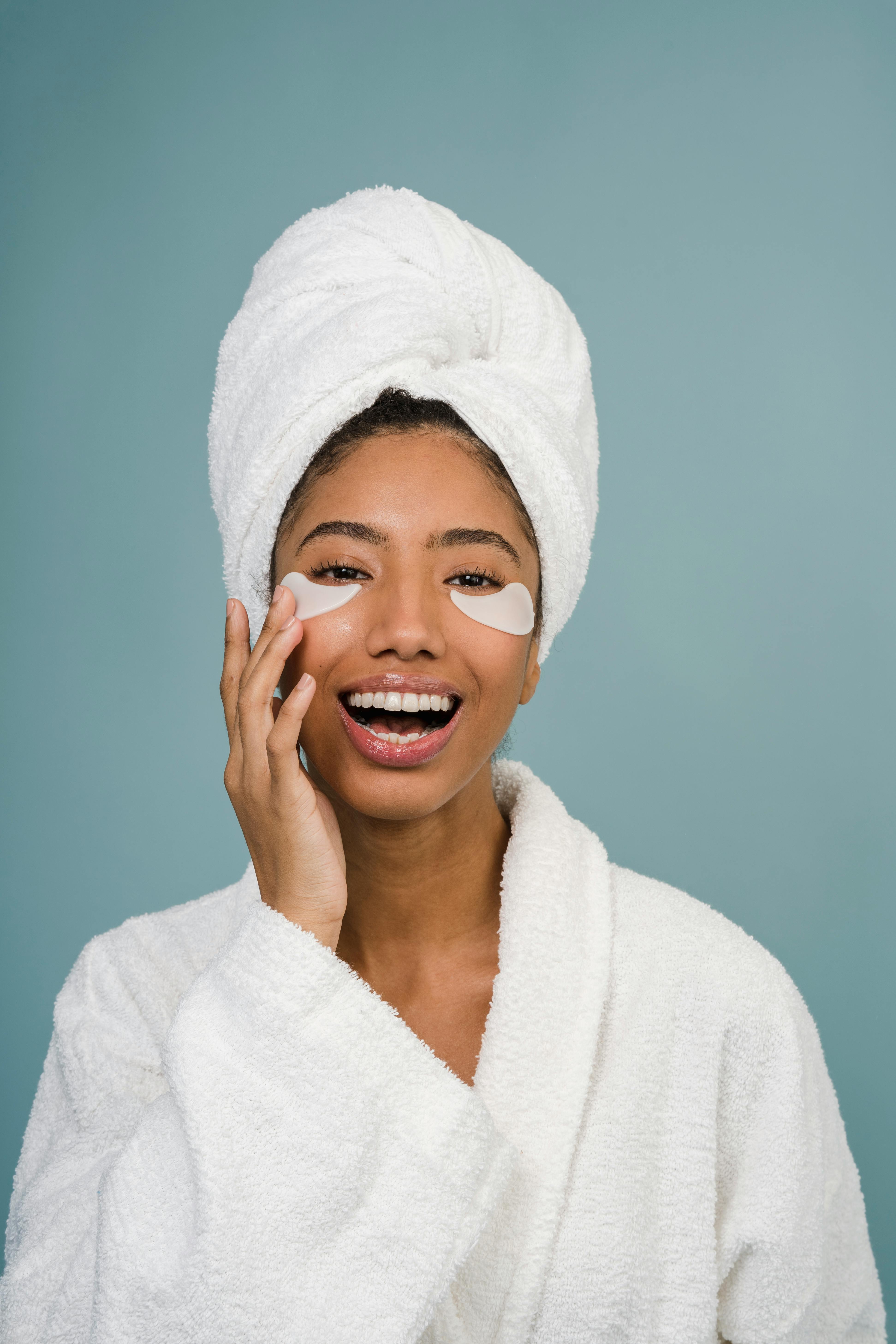Demystifying Eye Bags: Causes, Prevention, and Treatment
Eye bags, those puffy, swollen under-eye areas, have been a concern for aesthetics since ancient times. In the early centuries, they were often associated with wisdom and age, given the commonality of their emergence as people grew older. Over time, however, as societal beauty standards evolved, the presence of eye bags became increasingly stigmatized. In the Renaissance period, for instance, they were seen as indications of ill health or exhaustion, inspiring numerous artistic depictions of tired, worn-out figures.

In modern times, the unfavorable view of eye bags remains. They are considered an unwelcome sign of aging or poor health, and the desire to reduce or eliminate them fuels a significant portion of the skincare industry.
Understanding Eye Bags: The Anatomy and Causes
The skin around our eyes is the thinnest on the body, making it especially susceptible to aging and environmental damage. Eye bags are primarily caused by the weakening of the muscles supporting our eyelids, which allows fat to protrude, leading to that characteristic puffiness. Other factors contributing to eye bags include fluid retention, lack of sleep, allergies, and hereditary predispositions.
However, it’s worth noting that eye bags are not always associated with negative health conditions. They can also be a natural occurrence due to aging, as the skin loses elasticity and the muscles around the eyes weaken.
Modern-Day Response: The Stigma and Its Impact
In today’s image-conscious society, eye bags are often seen as undesirable. This perception is reinforced by the media, with an enormous amount of advertisements promoting products and procedures to eliminate eye bags. It’s not uncommon to see celebrities and social media influencers endorsing eye creams, serums, or even invasive treatments to maintain a youthful appearance.
This stigma creates a significant demand for remedies, leading to the development and advancement of various treatment methods. The eye bags treatment market has been growing exponentially, with the global market expected to reach nearly USD 2 billion by 2026.
Current Trends: From Home Remedies to Advanced Treatments
The desire to rid oneself of eye bags has given rise to a multitude of treatments, ranging from inexpensive home remedies to advanced surgical procedures.
Home remedies often involve items found in the average kitchen, such as cold spoons, cucumber slices, or tea bags. These methods primarily aim to reduce inflammation and soothe the skin. While they can provide temporary relief, their effects are often short-lived.
On the other hand, mainstream skincare products like eye creams and serums often contain active ingredients such as caffeine, retinol, or hyaluronic acid, designed to tighten the skin and reduce puffiness.
For those seeking long-lasting results, medical procedures are available. These range from non-invasive treatments like fillers or laser therapy to surgical procedures such as blepharoplasty, which involves removing or repositioning the fat under the eyes.
Future Directions: The Search for the Perfect Solution
The evolution of eye bag treatments reflects our society’s ongoing quest for youthful appearances. And while we’ve made significant strides in developing effective solutions, there’s still room for improvement.
The ideal treatment would not only eliminate existing eye bags but also prevent their recurrence. This would require addressing the root causes, such as muscle weakening and skin aging, rather than just the symptoms.
Moreover, given the growing interest in natural and non-invasive beauty treatments, future research could focus on developing more effective home remedies or topical products. These could provide viable alternatives for individuals who are hesitant about surgical procedures or who prefer a more natural approach.
In conclusion, eye bags, while commonly stigmatized, are a natural part of our physiology. Understanding their causes and treatments can help us make informed decisions about our skincare routines. While societal beauty standards may pressure us to eliminate them, it’s important to remember that the presence of eye bags isn’t indicative of poor health or lack of beauty. After all, beauty is not just skin deep.





